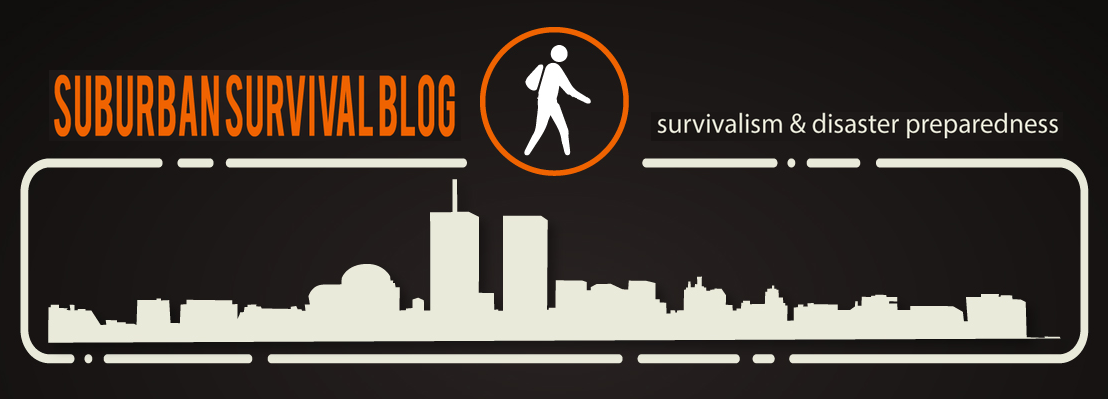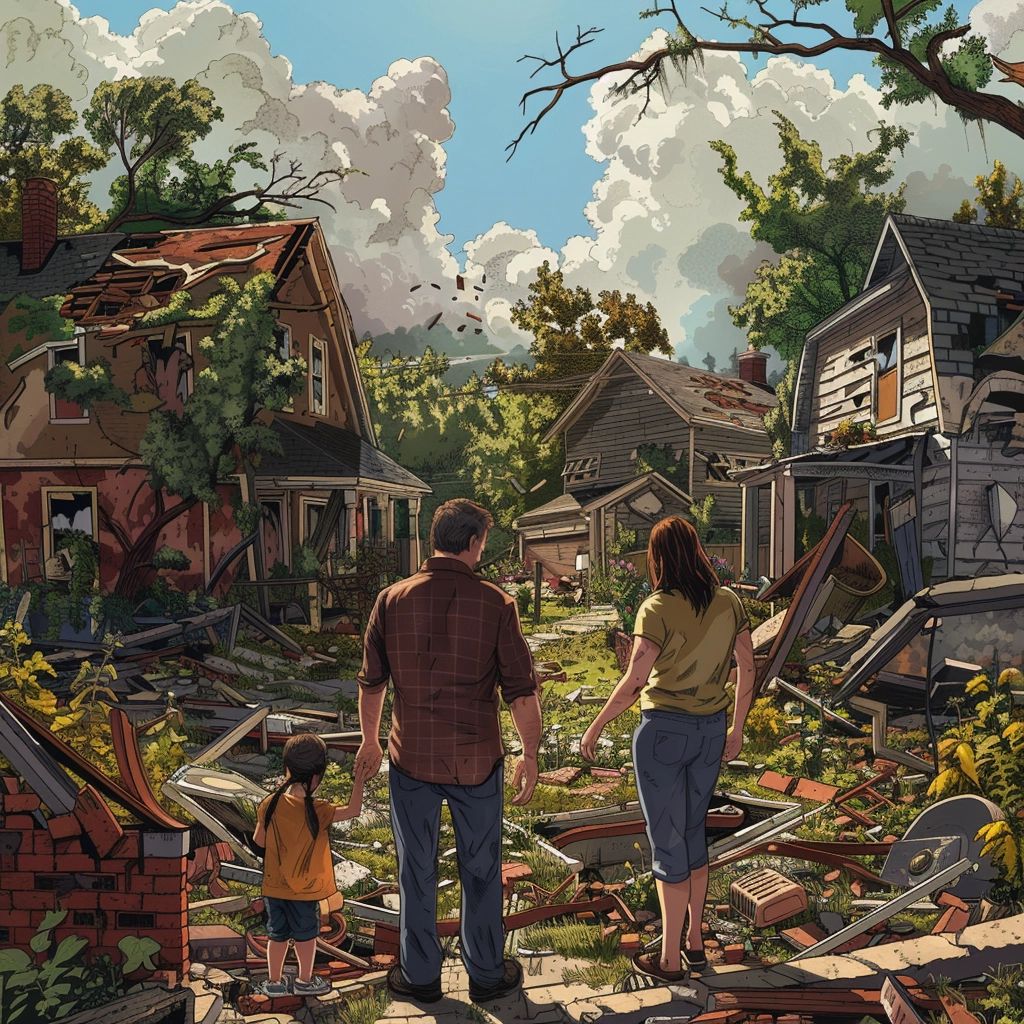 I recently finished Scott B. Williams, “Bug Out: The Complete Plan for Escaping a Catastrophic Disaster Before It’s Too Late.”
I recently finished Scott B. Williams, “Bug Out: The Complete Plan for Escaping a Catastrophic Disaster Before It’s Too Late.”
First, I would like to say that I have a ton of respect for Scott. I follow his blog at scottbwilliams.com and bugoutsurvival.com. Scott has a history of weathering the harshest conditions for fun and exploration. He practices what he preaches and has taken on adventures in a kayak at will, that I would not have done by choice, although I might dream about them, I am sure.
However, when “Bug Out: The Complete Plan for Escaping a Catastrophic Disaster Before It’s Too Late” came along, I had to pick up a copy. In fact, I downloaded it on my Kindle some time ago, but when I accidentally lost it to a business trip on the plane, well, I didn’t get the chance to read it until recently when I purchased my iPad.
That said, I am going to preface the rest of this post with a statement that says, I personally think I am poor at rating books and products. Partially because I do not use a set reviewing criteria, which I would like to change. If you have ever seen any of Nutnfancy’s videos, he uses set criteria for his reviews of products making his videos head and shoulders above other product reviews… But this isn’t about Nutnfancy, so back to Scott’s book.
One of the first things that struck me was Scott’s foray into the fantasy and reality of living in a bug-out situation ‘off-grid.’ He went into some detail of the perspective the person or family must have in order to bug out. I thought this was particularly telling because I think we all have the fantasy of trekking through the mountain to get to our Bug Out Location safely, but what if there is no safety, and what if there is no BOL yet. I think the psychology of bugging out is important, and I put some thought into this because if I have to bug out, chances are I am bugging out alone. So much of the psychology of it was of interest to me, even if it was not labeled ‘the psychology of.’ For the record, I probably have too much ‘stuff’ in my bug-out bag, but if I am going to hoof it on foot for seven to 10 days, there is the equipment I feel I might need.
This brings me to the section regarding the bug-out bag itself. I thought that this was well thought out. I also felt this was for more the neophyte that was just learning what they may or may not need in their BOB. Now, take that with a grain of salt, because I have spent a LOT of time thinking about my true needs if I were to Bug Out. i.e. in the interest of time, I have what I feel is a lot of food in my BOB. Emergency Rations, (ER Bars), MRE main meals, etc. because hunting for food on the way to my BOL can take a lot of time. I could lighten my load, by taking it out, but I would be wasting valuable time that I could be getting from point A to B by doing so. That does not mean I do not have the means to hunt an fish in my bag. I certainly do, but in the interest of time and effort, I choose to be a little over-prepared. Now, Scott, in the same section of the book also goes over clothing, packs you may want to look into for your BOB, procuring and purifying water, making fire, cooking, and more. He makes no bones about telling you to buy a large pack of disposable lighters to save yourself a helluva headache making a fire, vs. the bow drill method, which, I think we should all know anyway. I particularly liked the content about machetes and knives. He makes good sense of what to own and where they make good use.
Location Selection. Scott goes into a good high-level discussion here. He covers, in some detail climate, population densities, what resources are in each geographic location, thoughts on geo-caching, route planning (a weak area of mine), natural resources you can utilize, navigation, and much more. I found pieces of this rather useful, and others not so much. Not because the information wasn’t good. It was all very well thought out, but because I had given much thought already to my own bug-out plan, where my Bug Out location is, what resources are already there, etc. So this area was mildly helpful to me and I think would be better suited for the beginner, wondering how the heck they are going to choose where to go if the SHTF. Still, I do not want to discount it, I did learn something from it.
Lastly (before Part Two of the book) Scott discusses transportation (realizing I may have gotten the sections screwed up, forgive me) methods to your BOL, wherever that may be. He knows many of us cannot afford to go out and buy another bug-out vehicle to bug out in. So he discusses, bikes (which are now more consideration after reading the book, but realize by BOB is too big for a bike), motorcycles (which I know Scott prefers from his blogging), boats/kayaks, mules, horses, and donkeys, and frankly using your own feet to hoof it to your BOL if you have to. There is certainly more to this section than mentioned, but of all the sections of this book, this one gave me the most to think about, I believe, living in the suburbs of NYC.
Now, in Part II of this book, Scott discusses wilderness bug-out locations in North America (limiting to the lower 48 states). This was an interesting section to me. The reason I say that is that I travel on business quite a bit all over the lower 48 states, and this will make an outstanding reference to those BOLs if something happens and I am traveling for work at the time, making the BOL a temporary retreat. Now, I will tell you that my philosophy of bugging out differs from Scott’s. I think your BOL or fallback locations should be semi or permanent locations with tools you need to homestead if necessary. However, if you follow Scott’s advice on caching, you could live in a semi-permanent way on almost any of the terrain he discusses in part 2 of this book. I really would like to learn more about his thoughts on geo-caching and chat with him about it. Maybe, if he is up for it, I can do an interview post with him on geo-caching for your wilderness BOL. That would be pretty cool. Honestly though, as I leafed through reading this section, I was particularly interested in my own BOL geography so when I got to that section, I was intently reading about it. While I didn’t learn much that was new about it, it helped me verify that I was on track with my thoughts about that particular location.
The last section of the book was the Appendix. Here Scott went into some other good books as resources, what he carries in his own Bug Out Bag, and more. I always like learning what others carry. It helps me re-assess my own needs.
In summary, this was a good book. However, for those wondering how to take the first steps in preparing to bug out with no frills information on where to go and how to assess which area is best for you based on your geography, this book is a great read. I claim to be no expert, but a student and I learned from this book. Going forward, I will continue to reference it on my iPad when I travel on business so that I am more aware of where to research where to Bug Out to as well. I will probably order a paper copy soon to keep on my bookshelf as well.
Thanks, Scott for the book, it was a good read!









Thanks for your review. I will get the book and glean all info that fits my situation from it. It would be good to see what my 2 safe spots are like in his book. (safe spot/BOL) term i have been using for many years for my Group.
@OutLander777 — I did enjoy the book, and much of what Scott wrote in it made sense, and as I read on and put it down, sunk in only after I read it… It is going to be a good reference for me, and hope it is for you as well.
Thank you for well-thought out and detailed review, Jack. I’m glad you found the book useful. I wanted to provide solid info for beginners who don’t know where to start, and hoped there would be useful stuff there for the more experienced as well.
Great point about the fact that you travel a lot. That was another reason I thought a handy guide to the most remote potential bug out locations would be useful. Many people who have a retreat or home bug-out location nearby may not have detailed knowledge of other areas of the country if they are there for work or vacation.
@Scott B. Williams — Scott, I really liked the book from the perspective of my business travel. I am in Southern, CA a lot, and if something were to transpire, I would be SOL, because I really don’t know which way to hump it. When I travel, I carry a scaled down version of a “get home bag” with a couple days rations, and the assorted EDC you would expect, but I would be a refugee otherwise.
To that end, living in the suburbs of a major metropolitan area, I believe bugging out is not only the right thing to do, it is a must, unless it is an NBC issue…
Just a comment about the So. Cal. situation, for us preppers down here. The reality is if you live far out in Valencia and there abouts you have a great way to defend yourself and your neighbors. But as far as those of in LA, we have to leave and quickly if we want to sure we will be okay when the SHTF. Alot of people have to make the choice give up the high paying job, or get out. I’m out.
The review was very helpful and down to earth, I appreciate that.
DK — I agree with having to get out early. I am in the NYC area, and coincidentally, will be in the LA area next week for work. I am always aware that I might have to get out early… However, as one of my friends says, you cannot run at every “hiccup,” but that is why we have food storage as well, in the event we must shelter in… Thanks for the Kudos about the book. I am eagerly awaiting Scott’s new one on Bug Out Vehicles…
I’ve ordered Scott’s book and I’ll read it this weekend. Thanks for the review, it peaked my interest.
While I like the idea of geo caching it’s probably a good idea to be able to locate your caches without a GPS. Who knows what will happen with the satellites when TSHTF.